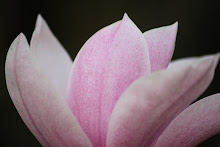Capture: Reflected light from an object passes into a camera and then onto a light sensitive surface.
Process: The captured image is turned into something we can see.
Store: The image is put into something we can keep such as a printed photograph. I.E. an online photo album.
Analogue photography uses the 8mm or 35mm film.
USB & Removable Card: Both are possible to remove the data or footage from the device ready for possible storage on a computer.
WiFi & Bluetooth: Both are possible to remove the data or footage from the device ready for possible storage on a computer without the need for any wires.
RAW Files: files that have not been processed by the camera. RAW files are more likely to be a bigger size when storing them on the computer's drive. As well as this, not all editing programmes can edit or copy these pictures.
JPEG: Joint Photographic Experts Group. Most pictures are stored as this because it saves space. However by saving space, it strips away the best quality of the image, as well as compressing it.
The Internet is most likely to have more JPEG quality pictures because of loading time because of lack of quality.
Bitmapped Graphics Format - .bmp: used initially by Microsoft Windows graphics subsystem.
PICT - .pct: introduced on the Apple Macintosh computers as its standard digital image format.
Tagged Image File Format - .tif: Best to store high colour digital images. Best for printed pictures.
Photoshop Document - .psd: edit pictures in adobe photoshop
Graphics Interchange Format - .gif: world wide web use.
Subscribe to:
Post Comments (Atom)

No comments:
Post a Comment